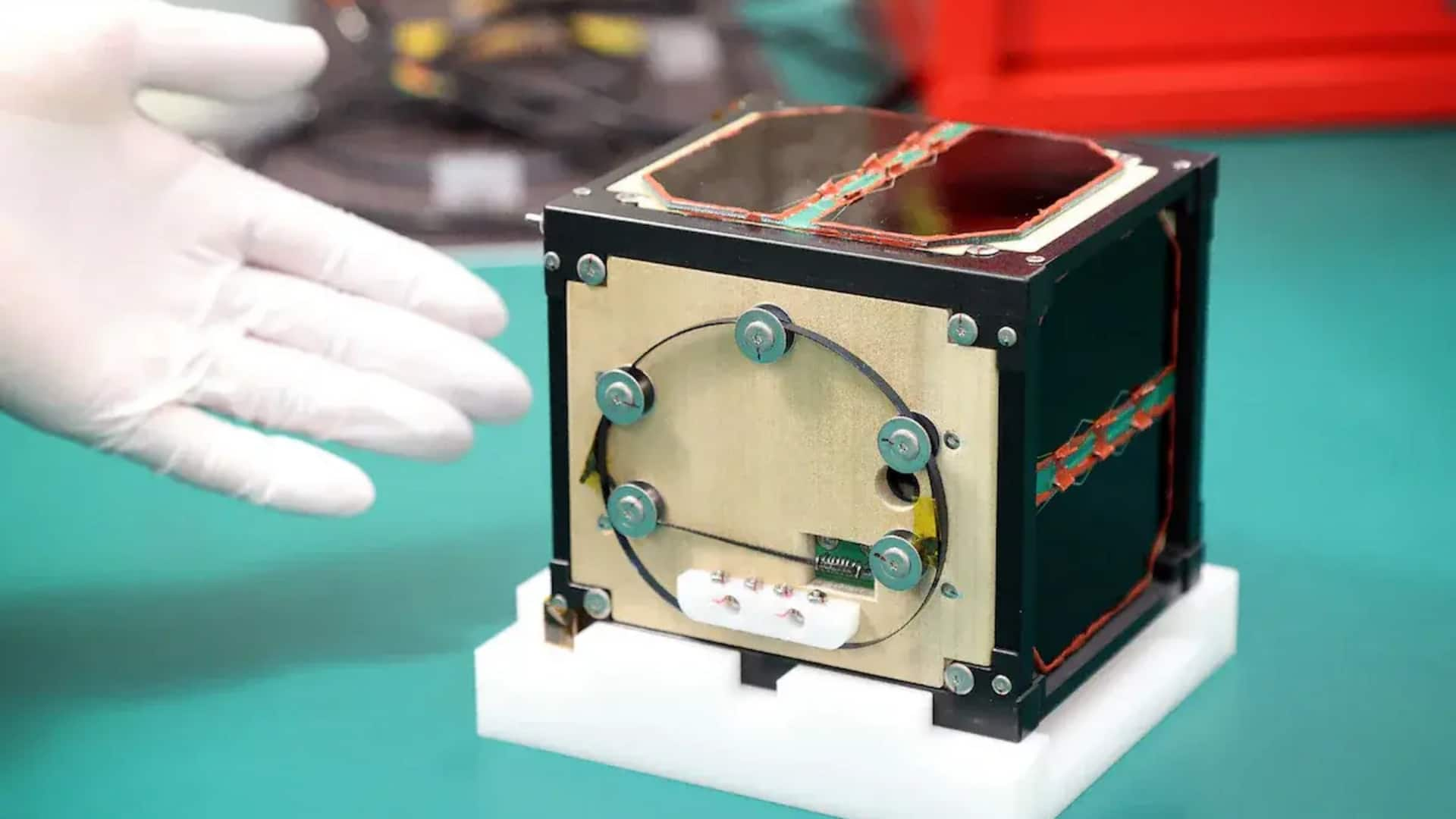
Japan launches world's first wooden satellite, LignoSat: Know its significance
What's the story
Japan has successfully launched the world's first wooden satellite, LignoSat, into space. The groundbreaking project is a joint effort of Kyoto University and Sumitomo Forestry. The main goal of this mission is to evaluate the feasibility of using timber in future lunar and Mars explorations. LignoSat will be taken to the International Space Station (ISS) on a SpaceX mission and released into orbit some 400km above Earth.
Mission details
LignoSat: A step toward sustainable space exploration
LignoSat, which gets its name from the Latin word for wood, is a small satellite that will demonstrate how this renewable material can be used for living in space. Takao Doi, an astronaut and Kyoto University researcher, said he envisions using timber as a self-sustainable resource in space. "With timber, a material we can produce by ourselves, we will be able to build houses, live, and work in space forever," he said.
Sustainability focus
Timber is a durable and eco-friendly material for space
The LignoSat team envisions a future where they plant trees and build timber houses on the moon and Mars. To prove wood can be used in space, they created a NASA-approved wooden satellite. Koji Murata, a forest science professor at Kyoto University, noted that wood is actually more durable in space than on Earth, as there's no oxygen or water to burn or rot it.
Environmental impact
Wooden satellites: A solution to space debris problem
The researchers also highlighted the environmental advantages of wooden satellites. Unlike conventional metal satellites that produce aluminum oxide particles on re-entry, wooden ones would just burn up, resulting in lesser pollution. This could potentially solve the problem of space debris. "Metal satellites might be banned in the future," Doi hinted, adding if their first wooden satellite is successful, they intend to pitch it to SpaceX.
Craftsmanship
A testament to traditional Japanese craftsmanship
LignoSat is made from honoki, a magnolia tree native to Japan and historically used for sword sheaths. The satellite was built using a traditional Japanese technique without screws or glue. Once in orbit, it will stay there for six months as its onboard electronic components observe how wood endures the extreme space environment where temperatures fluctuate between -100°C and 100°C every 45 minutes.
Radiation resistance
LignoSat to test wood's radiation shielding properties
Apart from durability tests, LignoSat will also test wood's capacity to protect against space radiation on semiconductors. This could make it useful for construction of data centers, Kenji Kariya from Sumitomo Forestry Tsukuba Research Institute said. "It may seem outdated, but wood is actually cutting-edge technology as civilization heads to the moon and Mars," he said, hinting that space expansion could revive the timber industry. Notably, LignoSat's launch was previously scheduled for September.